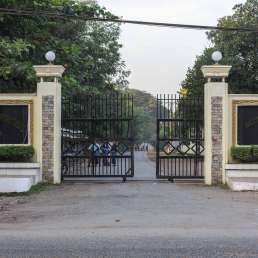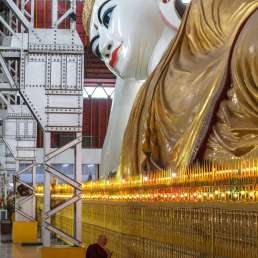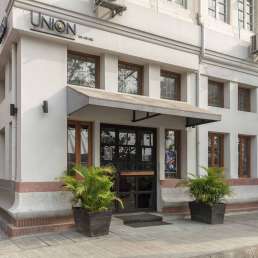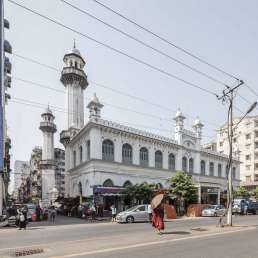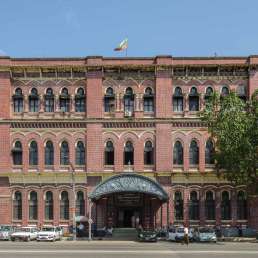Address: Kaba Aye Pagoda Road
Year built: 1952-1961
Architect: Various
Burma’s first prime minister, U Nu, was a devout Buddhist. Buddhism was also an obvious tool of nation-building after independence since an estimated 90 per cent of the country is Buddhist. In this vein, one of U Nu’s abiding legacies was his convening of the Sixth Great Buddhist Synod. This council brought together 2,500 monastics from countries practising the Theravada branch of Buddhism, including Cambodia, Laos, Myanmar, Sri Lanka and Thailand, to review and recite the scriptures written in the ancient Pali language. The synod was convened for two years, between 1954 and 1956, its conclusion coinciding with the 2,500th anniversary of the last Buddha’s demise.
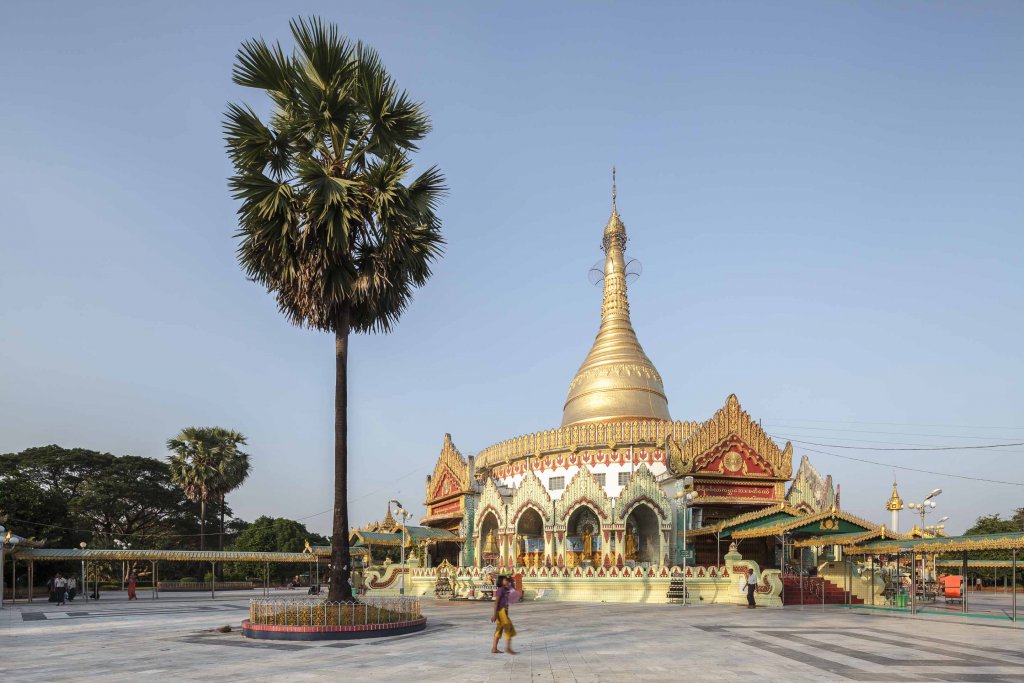
This sizeable religious compound was built for the synod. Centred around a massive man-made cave, it comprised a pagoda, a library, a hospital and hostels for the monastics. The hostels, immediately to the west of the cave, are still used by Myanmar’s most venerable monks.
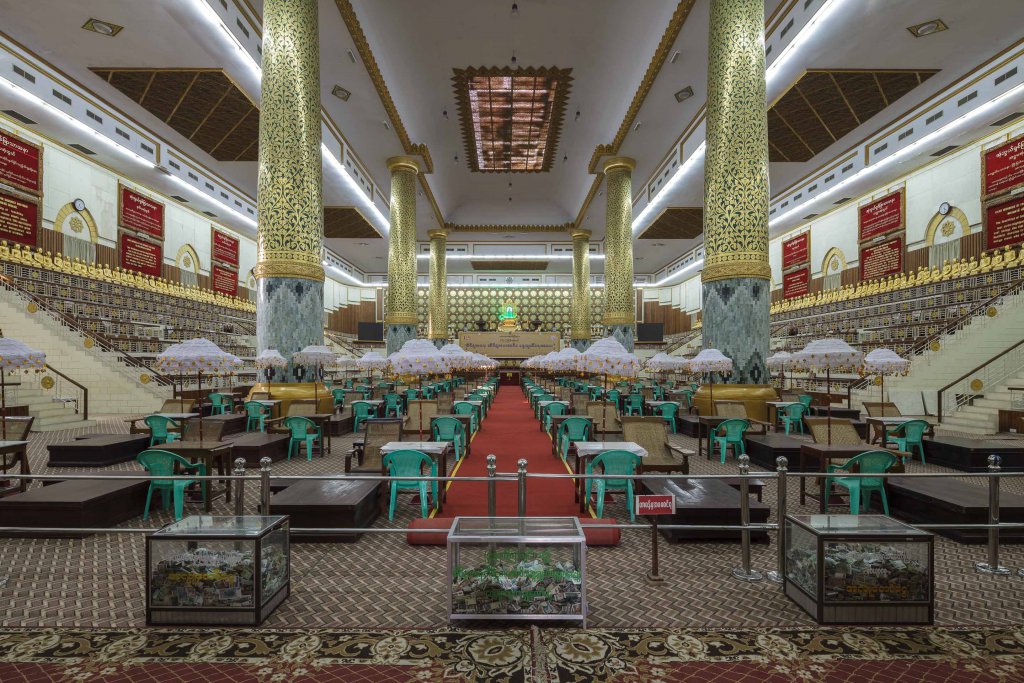
There was very little major construction taking place in the early independence period—a civil war was ravaging much of the country, even reaching the outskirts of Yangon, until it ebbed away in 1950. This makes the Kaba Aye complex’s scale all the more impressive. The Burmese parliament passed the relevant motion in 1951, stating that material improvements are “not sufficient to solve the problems of society and that measures for the spiritual and moral well-being of man could alone be effective”. Forty hectares of land were allocated to the project and 1 million pounds sterling, a stately sum for the cash-strapped country, were set aside for the construction. When the synod began in May 1954, 200,000 pilgrims gathered in the rain outside the cave to listen to the broadcast of the first day’s proceedings. Dignitaries from the participating countries sent their messages. Even two German-born monks attended the proceedings, perhaps the first non-Asians to do so in Buddhism’s long history.
